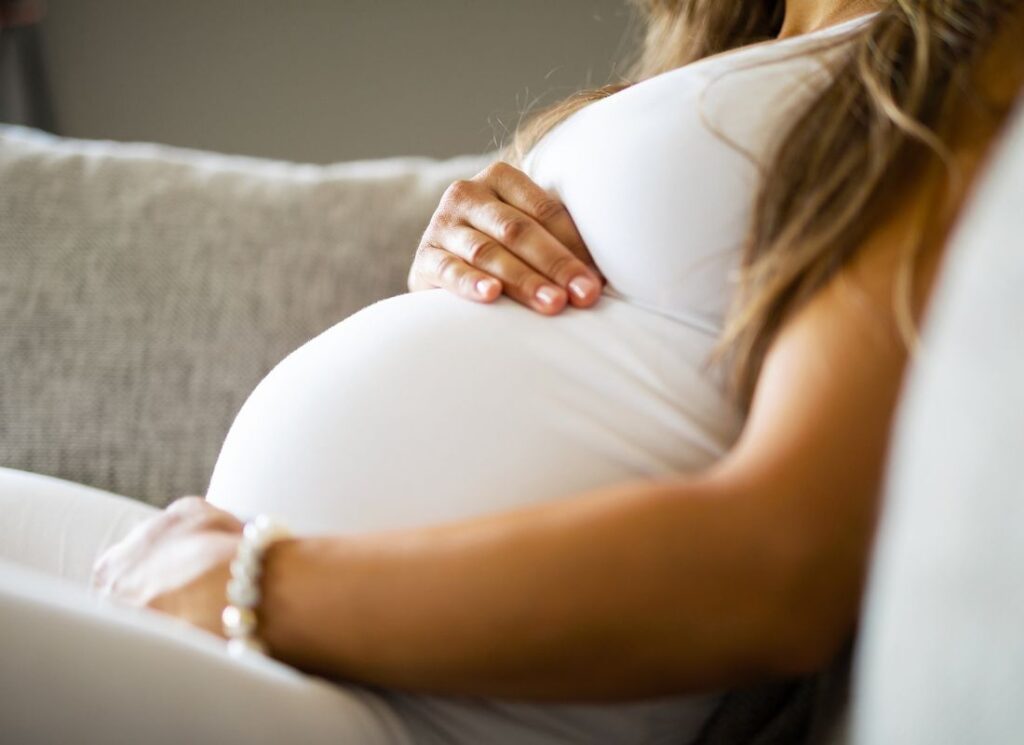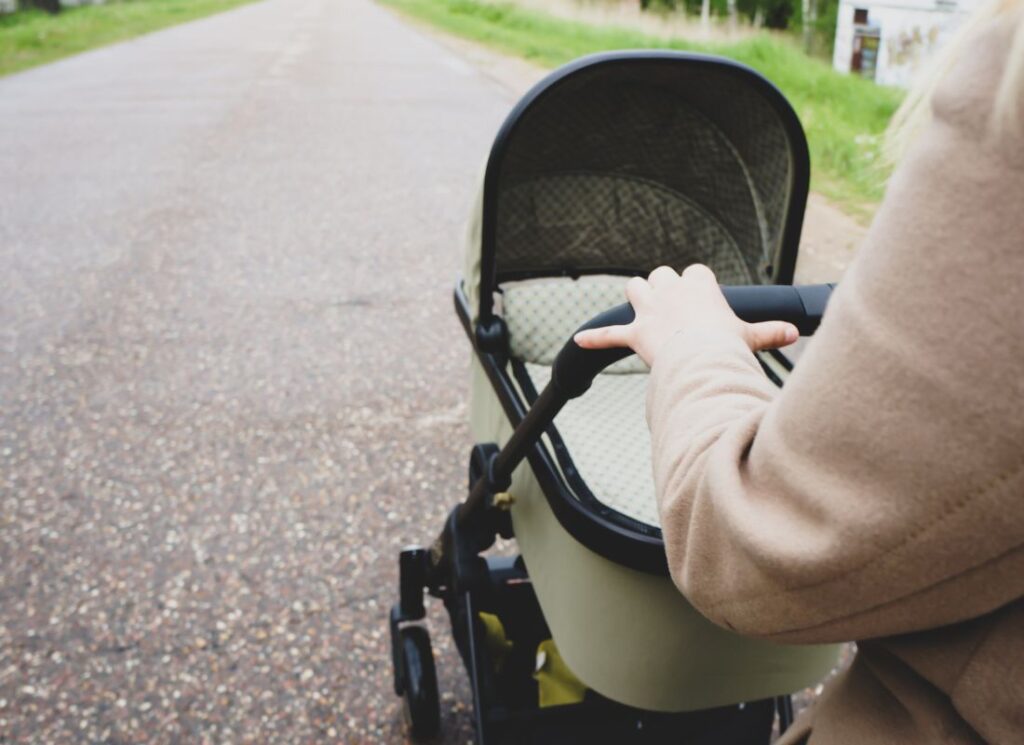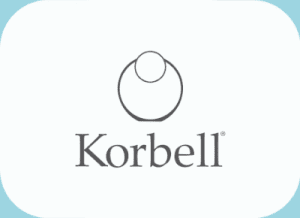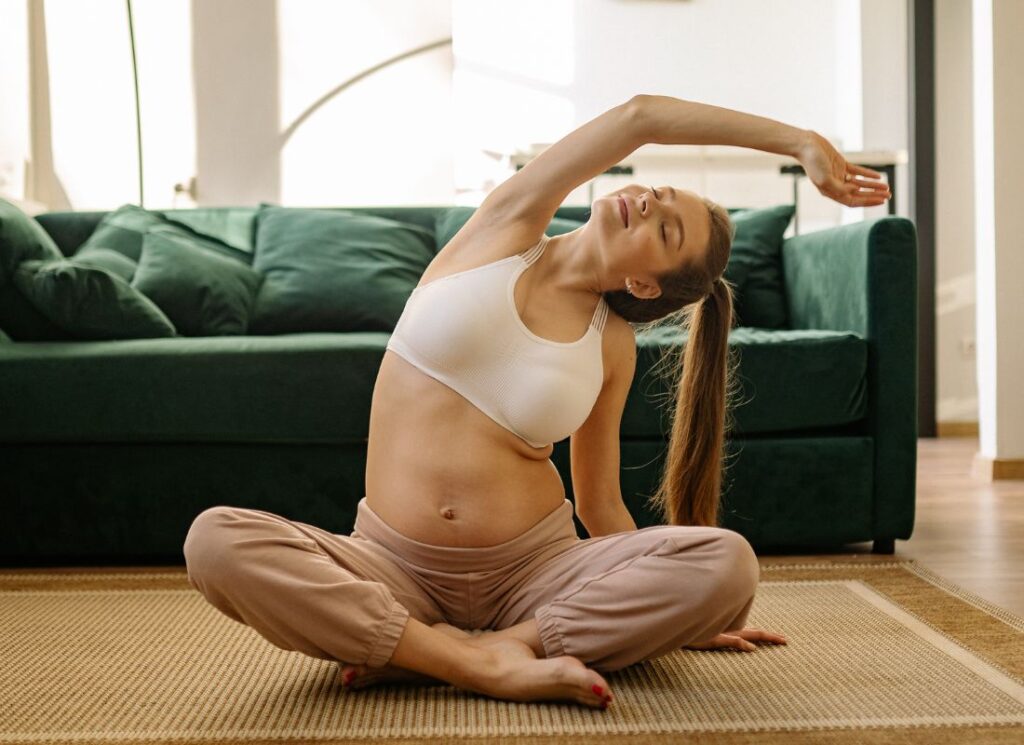Ever wondered if it’s safe to build muscle while pregnant? Well, you’re not alone! A recent study has found that many pregnant women in the UK are unaware of the recommended levels of physical activity while expecting. In a survey of 1,001 women, 46.9% reduced their exercise once they became pregnant, while 12% stopped completely. Tiredness (62.7%), aches and pains (44.8%), fatigue (41.4%) and worry about miscarriage (27.4%) were the most commons reasons to avoid exercise.
However, keeping fit and healthy should be a priority of expecting mums as experts recommend that women with uncomplicated pregnancies should have 30 minutes of moderate physical activity at least four times a week.
Let's dive into the details and explore how you can stay fit and healthy for both you and your little one.
1. Benefits of exercise during pregnancy

Getting moving during pregnancy may seem challenging, but trust us—it’s worth it! Lower back pain, tiredness, heartburn, and swollen ankles may be relieved by moderate physical activity. Exercise also helps you maintain a healthy weight while you’re expecting. Increasing your fitness levels during pregnancy will help prepare you for labour and speed up your recovery period.
Make sure you don’t overdo it. If you are having any issues or concerns, please consult your doctor.
Apart from moderate aerobic activity (walking etc), it is also recommended that women should build muscle when expecting. But where do you start?
2. A few safe ways to build muscle during pregnancy

Do resistance training
You can lift weights or do resistance training while pregnant, but they should not be too heavy. Slow and steady repetitions using lightweight dumbbells allows you to build muscle without causing unnecessary strain on your body. During your second and third trimester, it would be a good idea to do more seated movements and minimise up and down movements.
Try doing pregnancy yoga
Pregnancy yoga can help maintain your muscle tone, improve flexibility, and improve your posture. It can help you relax and learn some breathing techniques, which will be useful once you’re in labour. See if there are any yoga studios that are offering pregnancy yoga classes in your area, or workout to a video on YouTube.
Pilates
Pilates can strengthen muscles that weaken during pregnancy including the abdominal area and pelvic floor muscles. However, it’s best to choose an antenatal Pilates class as some movements during a standard class may be too demanding. Keep in mind that any exercise that requires lying on your back should be avoided while you’re expecting.
Pelvic floor exercises
Your pelvic floor supports your uterus, bowel, and bladder, giving you control when you empty your bladder or bowel. Pelvic floor exercises are advised for pregnant women as having a weak pelvic floor can result in stress incontinence. If you’re unsure how to do them, ask about pelvic floor exercises during your antenatal class or ask your midwife at your next visit.
Get moving
If you don’t want to do a typical muscle-building workout, there are other ways to maintain and strengthen your muscles while you’re expecting. Gardening, dancing, taking the stairs, and swimming are all safe to do if you have an uncomplicated pregnancy.
It is important that pregnant women should avoid contact sports or any activity that will make you lose your balance or fall. While physical activity during pregnancy is safe for most women, some expecting mums should consult their doctor or midwife before engaging in any physical activity. If you have heart problems; lung disease; vaginal bleeding at some point during your pregnancy; or Placenta praevia, ask your doctor whether it’s safe for you to do some muscle building exercises at this time.
3. Exercising after giving birth

After giving birth, you’ll most likely want to exercise again to regain muscle strength and to lose the excess weight from your pregnancy. However, it’s advisable to wait for your six-week post-natal checkup before you start to workout again. If you’ve had a caesarean birth, you may have to let your body recover for 8 to 10 weeks before you can start exercising again. If you’re feeling a bit of separation anxiety from your baby while you’re exercising, you can put your baby in a pram for a walk in the park, or wear a hands-free baby carrier while you take a walk around your neighbourhood.
Embracing a healthy and active lifestyle during pregnancy is not only safe but also beneficial for both you and your baby. Building muscle through gentle exercises like resistance training, yoga, Pilates, and pelvic floor exercises can contribute to your overall well-being. It’s crucial to listen to your body, choose activities that suit your comfort level, and, most importantly, consult with your healthcare provider if you have any concerns. Here’s to a fit and fabulous pregnancy and a wonderful start to the exciting adventure of motherhood!




















